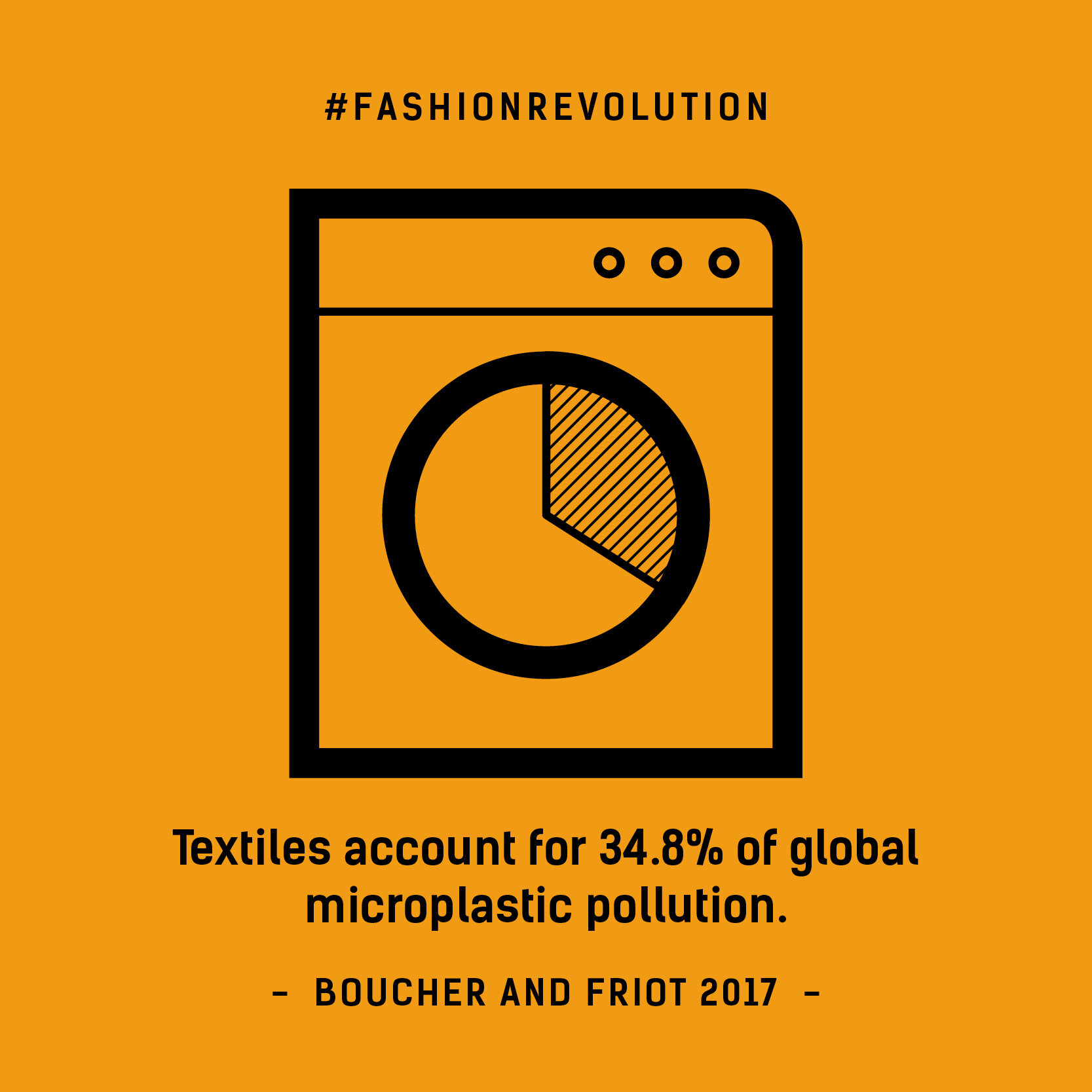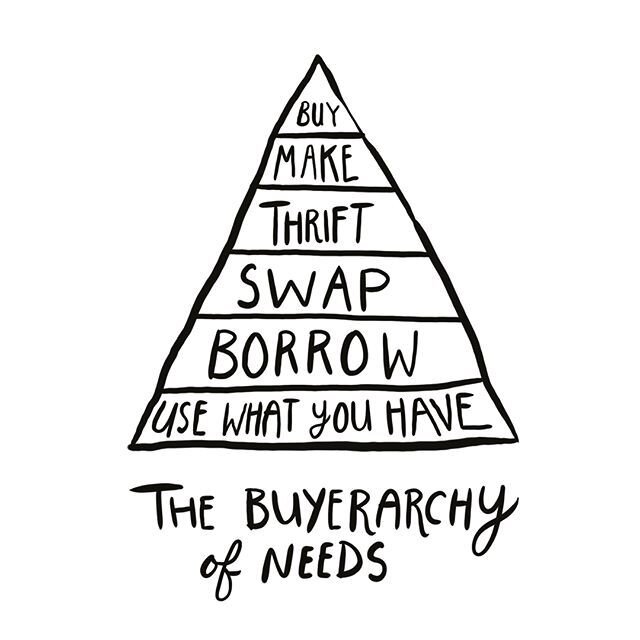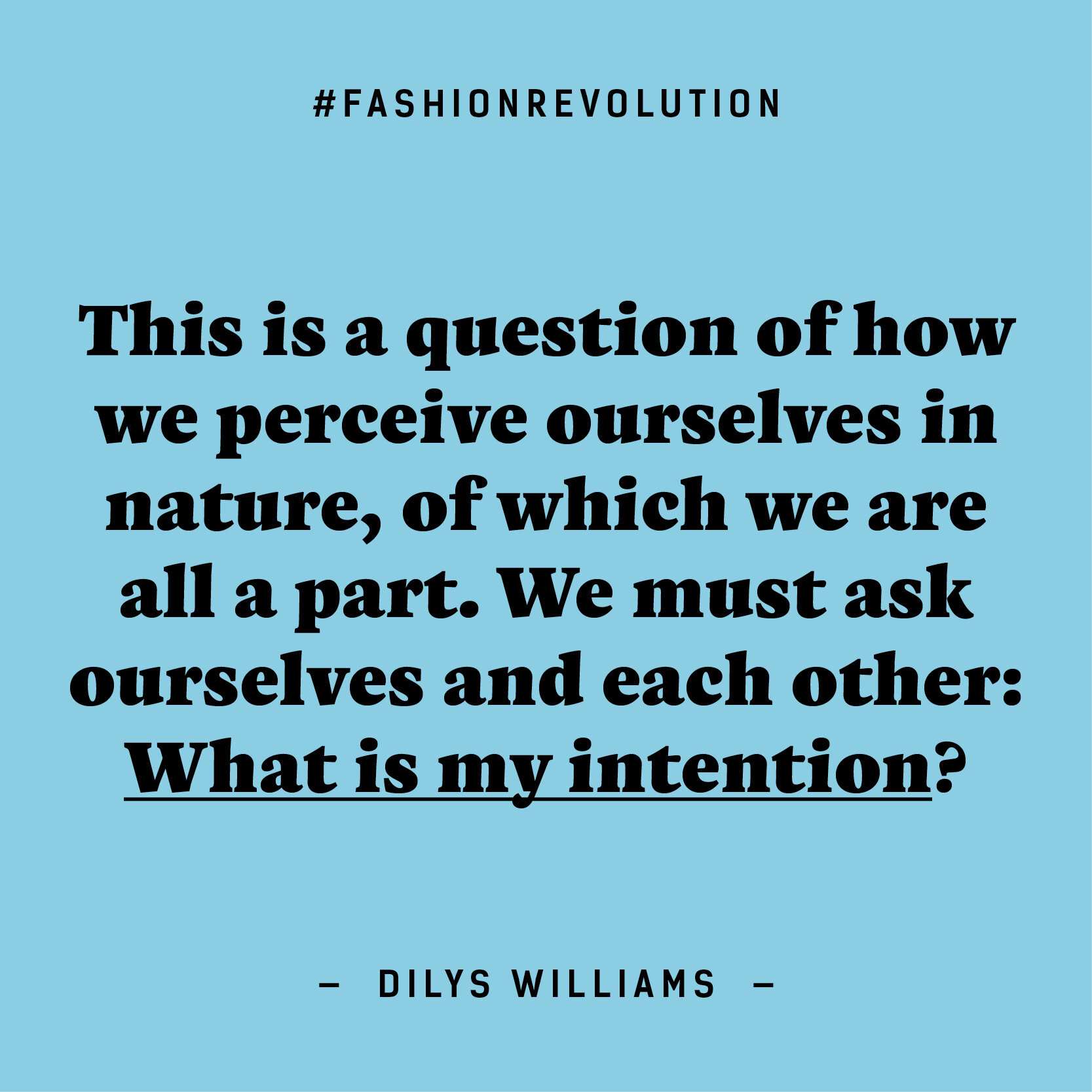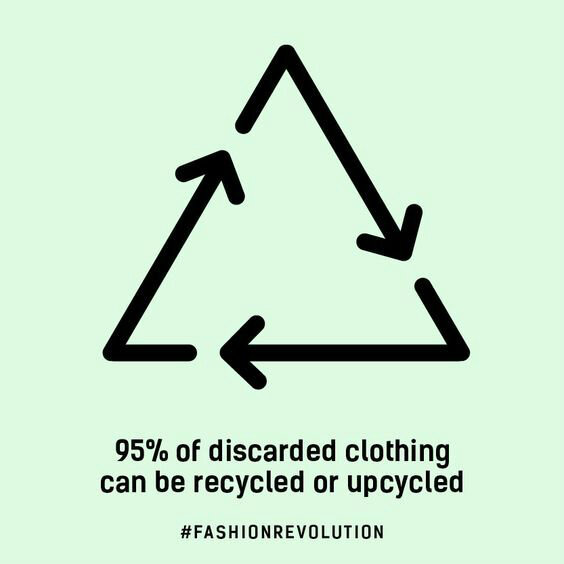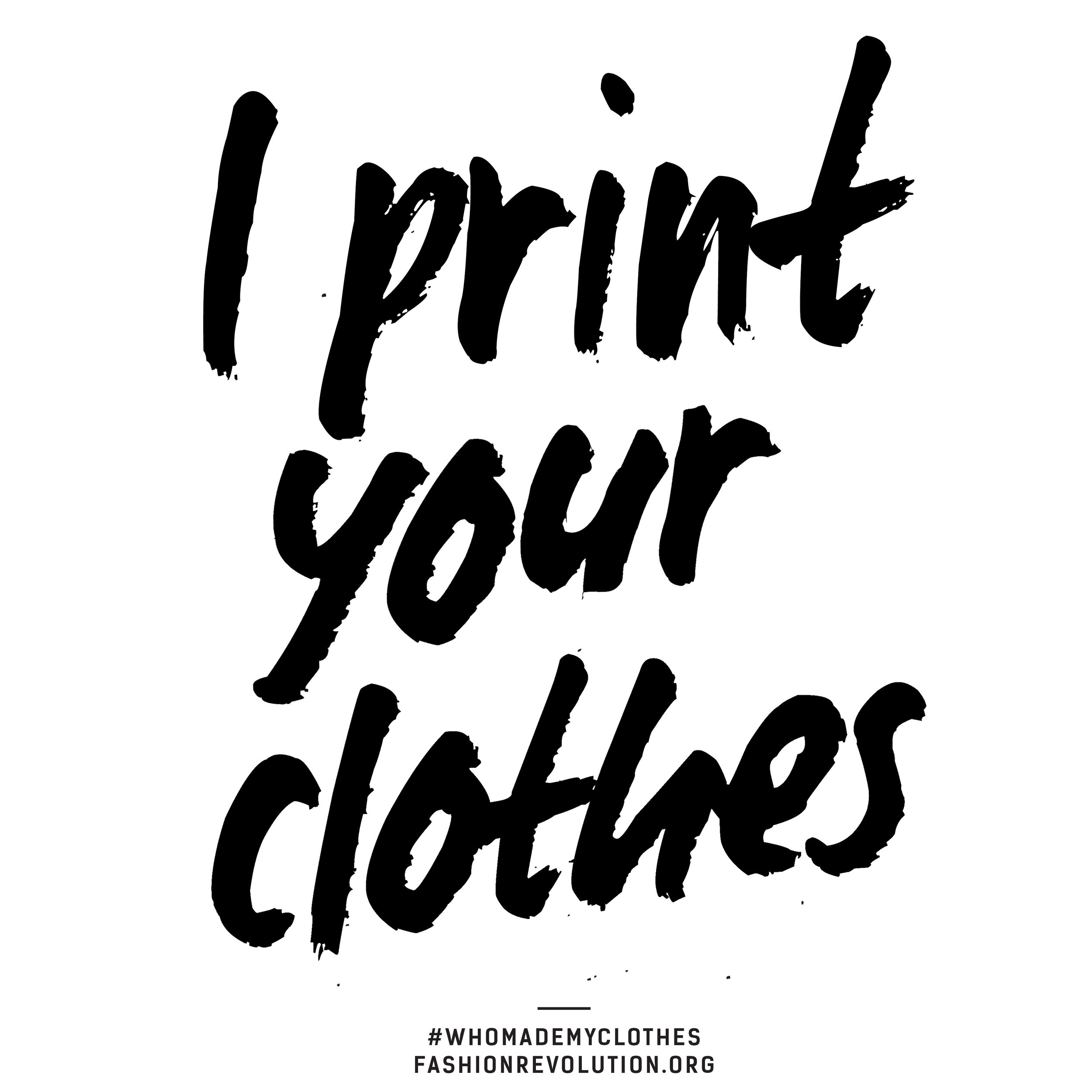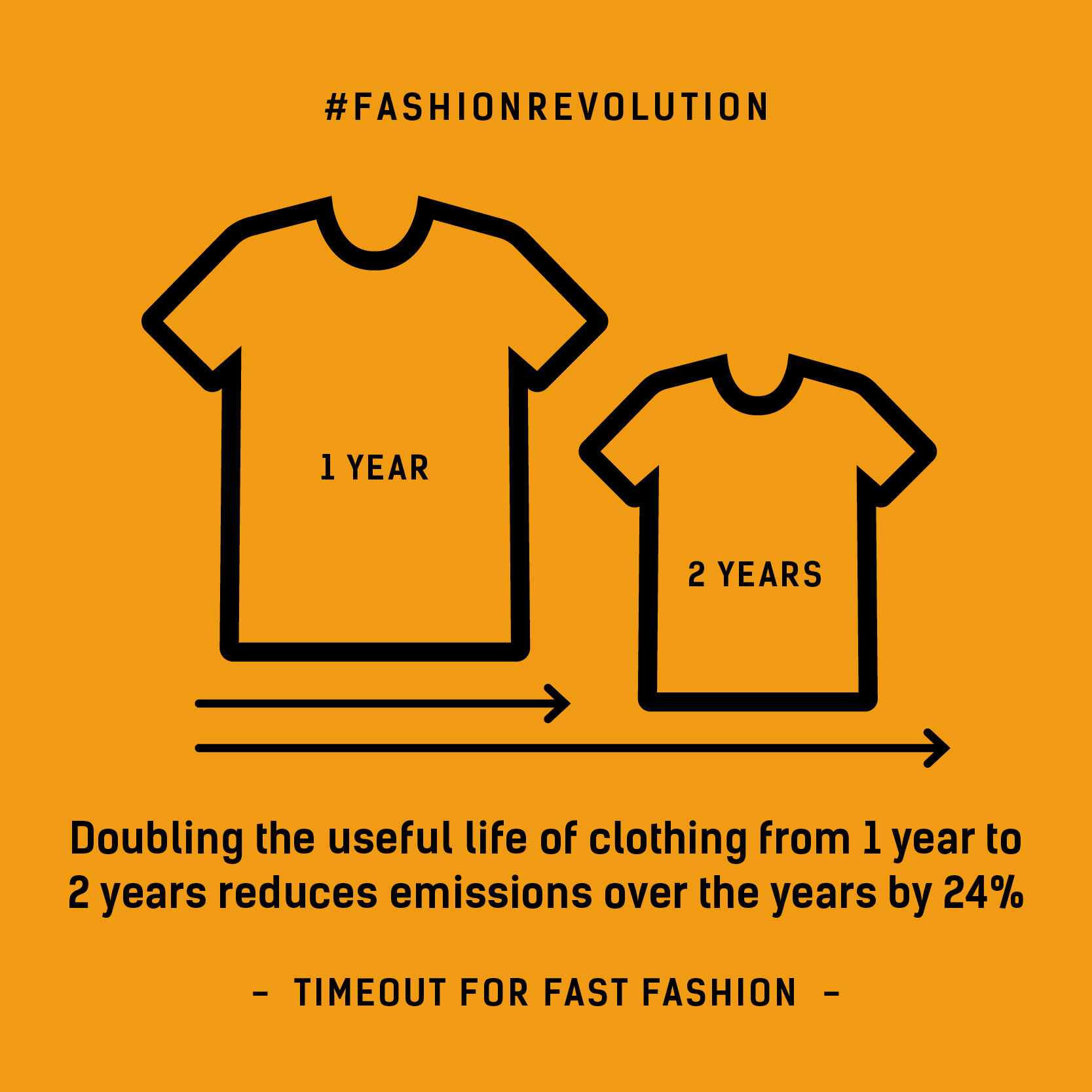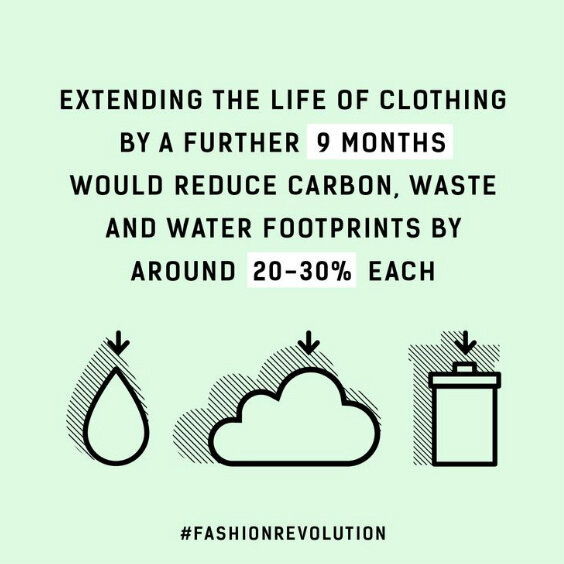Sustainable Fashion
“Provided that we wake up every morning and you are aware of the fact that your wardrobe IS IN the fashion supply chain then you are a fashion decision maker. - Orsola de Castro”
Fashion Revolution is a global movement of active change maker citizens.
On 24 April 2013, the Rana Plaza building in Bangladesh collapsed. 1,138 people died and another 2,500 were injured, making it the fourth largest industrial disaster in history. That’s when Fashion Revolution was born. There were five garment factories in Rana Plaza all manufacturing clothing for the western market. The victims were mostly young women. The accident was both predictable and preventable. Despite some steps forward since Rana Plaza, not enough has changed.
About 75 million people work directly in the fashion and textiles industry, and about 80% of them are women. Many are subject to exploitation; verbal and physical abuse, working in unsafe conditions and being paid very little.
Fashion Revolution says enough is enough. Every year during Fash_Rev week, people around the world ask brands #whomademyclothes to push for greater transparency and help improve the lives of the millions of people working in the fashion supply chain.
They say: “Have you ever wondered who made your clothes? How much they’re paid, and what their lives are like? Our clothes have gone on a long journey before they hit store shelves, passing through the hands of cotton farmers, spinners, weavers, dyers, sewers and others.
Fast production + Fast acquired + Fast discarded = Fast Fashion
Quality production + Thoughtful acquired + Looked after = Harmonious Fashion
“There is a direct connection between treating things you buy as disposable and treating the people who made those things as disposable. - Leah Jenner”
Ethical Fashion
is an umbrella term to describe the way a product has been designed, produced, sold, purchased, and discarded. It covers a range of issues such as working conditions, exploitation, fair trade, sustainable production, the environment, and animal welfare.
It is undeniable that the clothing industry and its rapid supply chain demands has contributed to the current unbalance in nature on the Earth. The clothes we wear, the food we eat and the way we treat each other are all ways to act to keep existing as humanity in a more harmonious world.
Fast fashion refers to inexpensive clothing produced rapidly by mass-market retailers in response to the latest trends. But someone else is paying the price of this cheap clothes. Farmers, factory workers and ultimately our environment. The result of this fast production and consumerism has an impact in the way we perceive clothing, where we got used to to consume more that what is needed just because we can and we can afford it.
At the pick moment of fast fashion I worked in a retail shop and I remember people would buy clothes for the weekend, just because they couldn’t bother to do their laundry, the clothes were inexpensive so most people could afford them. Many times customers confess to me, looking into my eyes, I don’t need another dress, and they will still buy it.
The term fashion therapy shows the disconnection between ourselves, our body and the decisions we make. The treatments we think can be beneficial for us bring a quick feel of happiness and fulfilment but those feeling quickly disappear as we get bother and decide to get rid off that new garment.
But the way I see clothing is not as a one off use easily discarded item. I believe clothes say something about who we are: they are visual indicators of the private decisions we make every morning, when we choose what to wear for the day. So what you fill your wardrobe with says something about yourself too.
This subject it can be a bit overwhelming if we actually take the time to look at the conditions our clothes are made, but we can make a change. Every time we need a new pair of jeans, shoes, top, or bag we have the opportunity to choose ethical.
“I do not think the eco/organic/fair trade movement is a trend. I think is the beginning of a major shift in consciousness in the fashion business. - Julie Gilhart”
Consequences
Environment:
In Australia, we throw 6,000 kilograms of clothing and textiles into landfill every 10 mins. Aussies are the 2nd largest consumers of clothing and textiles per capita after North Americans - consuming on average 27 kilos a year, and binning 23 kilos.
Dyes for textile products may contain hazardous chemicals. Dyes and chemicals in fabric and other components of clothing and shoes can seep into the soil, contaminating groundwater.
Pollution:
Rivers in China and India have changed colour from dyes. Its well know that looking at the rivers of India we can know the colour of future trends.
When we look at the percentage of clothes are made every year (150 billion) and the percentage of them that goes into landfill we realised that the fashion industry is a massive contributor to the environmental chaos.
Textiles account for 34.8% of global micro plastic pollution.
Working conditions:
On one hand, six of the world's twenty richest people run companies that sell huge volumes of clothing. On the other hand, tens of millions of people are employed by the process of making clothes and do not earn enough to pay for life's basic necessities.
Factories around the world are being pushed to deliver ever-larger quantities of clothing faster and cheaper. As a result, factories routinely make employees work extra hours, often without overtime pay or other benefits in return.
The pressure on factories to deliver is so intense that workers are often subjected to intimidation, harassment, coercion, pain and injury and are even restricted from taking short breaks to the toilet. The people who make our clothes cannot be paid fairly through this process. This is the grim reality that it takes to deliver our desire for 'choice' when we're out shopping.
Animal Welfare:
Many Australian sheep undergo a painful and largely ineffective procedure called mulesing in which flesh is cut from the animal’s buttocks, often without anaesthetic. This procedure is used to prevent flystrike, which is a common problem in the hot Australian climate.
The World Society for the Protection of Animals revealed that up to 80% of fur is produced in China, a country that has no animal welfare legislation and protection laws.
Take an action, be the change
Everyone has to stock their relationship with their clothes. The solution is to become much more conscious about what we wear and absolutely love what we purchase. To me what that really means is to buy better clothes that I absolutely love to wear, investing in better quality means that I will have them for much longer. Learn how to style them, have fun with them, repair them, swap them and just keep them in use as long as possible. And when you are ready to get rid of them, pass them on.
I have cut my old t-shirts into smaller pieces that I can use later for cleaning or wipes. Easy iniciatives you can consider implementing when having to buy something new is:
!!! BUY SECOND HAND
!!! MEND, REPAIR, UPCYCLE and RECYCLE whenever is possible
!!! CARE AND LOOK AFTER WHAT YOU ALREADY OWN
!!! BUY GOOD QUALITY
!!! DO SOME RESEARCH BEFORE PURCHASING, being informed of where your clothes are made will make you gain more understanding of all the work that takes to make a single item >Download the GOOD ON YOU APP
!!! Send your old or damaged items and MANRAGS will prepare them for reuse and recycling!





